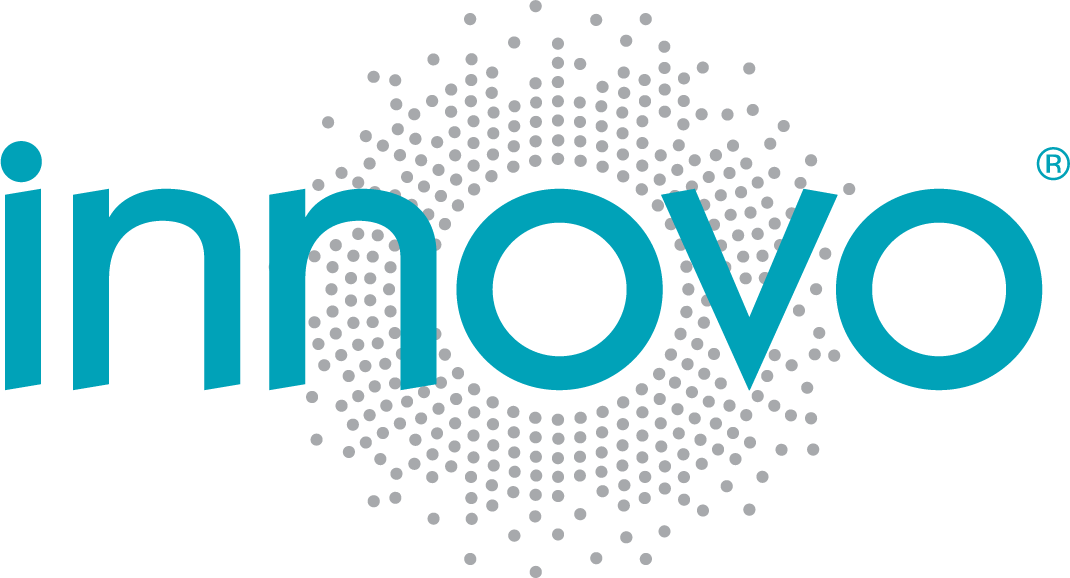 Having a computer for children went from a nice to have in 2019 to a near necessity in 2020, and that requirement seems to not be slowing down. Of course, not all computers are great for kids. Either they’re too fragile, too easy to use for unapproved reasons, getting into unsafe places, and more. Over the years, kids’ computers have been a thing, but they always focus on very young kids. But, the Tanoshi computers have a wider range of ages.
Having a computer for children went from a nice to have in 2019 to a near necessity in 2020, and that requirement seems to not be slowing down. Of course, not all computers are great for kids. Either they’re too fragile, too easy to use for unapproved reasons, getting into unsafe places, and more. Over the years, kids’ computers have been a thing, but they always focus on very young kids. But, the Tanoshi computers have a wider range of ages.
The Tanoshi computers take some inspiration from the Surface product line, being able to use as both a full laptop or as a tablet. In laptop mode, you get a full hardware keyboard complete with a touchpad and emoji key. For tablet mode, the screen detaches from the keyboard and continues to function as a complete computer. When doing schoolwork, this gives the student the ability to choose where and how to work. After school, they get the ability to take it with them and explore.
The computers feature Android, as opposed to Windows or ChromeOS. With Android, they get access to the Google Play Store, but in a limited way. The computer features a robust parental control system, so parents can approve and deny apps, monitor screen and app use time, set approved usage hours (like turning off at bedtime), and more.
Of course, as a kids’ computer, there are some things that will make the experience better. For example, the durability is impressive. In fact, during the conversation, you can see the screen literally thrown across the room and continue to work. It is also available in a choice of bright colors, which will be appealing to kids.
The Tanoshi 2-in-1 is available for $199, and the new Tanoshi Scholar is available for $299 (with a special at $249 as of this writing). To learn more or purchase one for your family, head to the Tanoshi website.
Interview by Daniele Mendez of The New Product Launchpad.
Get $5 to protect your credit card information online with Privacy.
Amazon Prime gives you more than just free shipping. Get free music, TV shows, movies, videogames and more.
The most flexible tools for podcasting. Get a 30 day free trial of storage and statistics.
Podcast: Play in new window | Download
Subscribe: Apple Podcasts | RSS | More

 Wi-Fi is an essential part of our daily lives, made even more important with the global lockdowns. But, many home wireless networks are questionable, which can cause a lot of problems working from home or watching content on your phone, computer, or tablet. A strong, powerful Wi-Fi system running on the most modern publicly available standard, can help address this. The
Wi-Fi is an essential part of our daily lives, made even more important with the global lockdowns. But, many home wireless networks are questionable, which can cause a lot of problems working from home or watching content on your phone, computer, or tablet. A strong, powerful Wi-Fi system running on the most modern publicly available standard, can help address this. The  Urban farming may be a concept that is foreign to many people, but it is quickly growing in popularity. From people turning their yards into full gardens that can produce food to full indoor hydroponics cabinets like our friends at Natufia, the idea has gained a lot of attention in recent years. But, one area that is gaining in popularity is beekeeping. The process can be rewarding but difficult, but
Urban farming may be a concept that is foreign to many people, but it is quickly growing in popularity. From people turning their yards into full gardens that can produce food to full indoor hydroponics cabinets like our friends at Natufia, the idea has gained a lot of attention in recent years. But, one area that is gaining in popularity is beekeeping. The process can be rewarding but difficult, but  The popularity of wine has grown leaps and bounds in recent years. A recent survey showed that wine is preferred to beer for Millenials in everyday situations. With popularity comes a renewed focus on innovation in the space. One of the most interesting changes coming to the wine market is from
The popularity of wine has grown leaps and bounds in recent years. A recent survey showed that wine is preferred to beer for Millenials in everyday situations. With popularity comes a renewed focus on innovation in the space. One of the most interesting changes coming to the wine market is from  Urinary incontinence is a common problem among older adults, but not everyone wants to admit it. The topic is taboo, and that is why many people refuse to seek help. However, managing the problem is not a long-term solution.
Urinary incontinence is a common problem among older adults, but not everyone wants to admit it. The topic is taboo, and that is why many people refuse to seek help. However, managing the problem is not a long-term solution. If you are in the hardware design, robotics, automation, or home security industry, you are probably familiar with ultrasonic range finders. These are sensors that can offer a lot to a user. The best part is that many industries can make use of this technology.
If you are in the hardware design, robotics, automation, or home security industry, you are probably familiar with ultrasonic range finders. These are sensors that can offer a lot to a user. The best part is that many industries can make use of this technology. Did you know that around 475,000 people in America die of cardiac arrest every year? It can be heartbreaking to see a loved one going through this, especially if you are waiting for an ambulance. However, a device such as an AED can increase survival chances when used within three minutes.
Did you know that around 475,000 people in America die of cardiac arrest every year? It can be heartbreaking to see a loved one going through this, especially if you are waiting for an ambulance. However, a device such as an AED can increase survival chances when used within three minutes. Smart home devices are becoming nearly ubiquitous, but there can often be huge costs involved. The products themselves can be expensive, they can require additional devices, like hubs, or even subscription services. But, one brand that has been ubiquitous for decades itself has taken on the challenge of making connected devices that avoid all of these financial issues:
Smart home devices are becoming nearly ubiquitous, but there can often be huge costs involved. The products themselves can be expensive, they can require additional devices, like hubs, or even subscription services. But, one brand that has been ubiquitous for decades itself has taken on the challenge of making connected devices that avoid all of these financial issues:  With so many diseases spreading these days, monitoring indoor air quality has become essential. That is because most of us spend our time at home now, and the air quality can impact our health and comfort. That is where
With so many diseases spreading these days, monitoring indoor air quality has become essential. That is because most of us spend our time at home now, and the air quality can impact our health and comfort. That is where  Whether you’re a photographer, writer, journalist, or podcaster, there is one very common thread – the need for portable power. Heck, even regular device users know that, by the end of a long day, your phone is likely dead or nearly so. Portable battery packs can solve the problem for some people, but for many, we need more. Fortunately, we’ve got a more powerful solution in
Whether you’re a photographer, writer, journalist, or podcaster, there is one very common thread – the need for portable power. Heck, even regular device users know that, by the end of a long day, your phone is likely dead or nearly so. Portable battery packs can solve the problem for some people, but for many, we need more. Fortunately, we’ve got a more powerful solution in